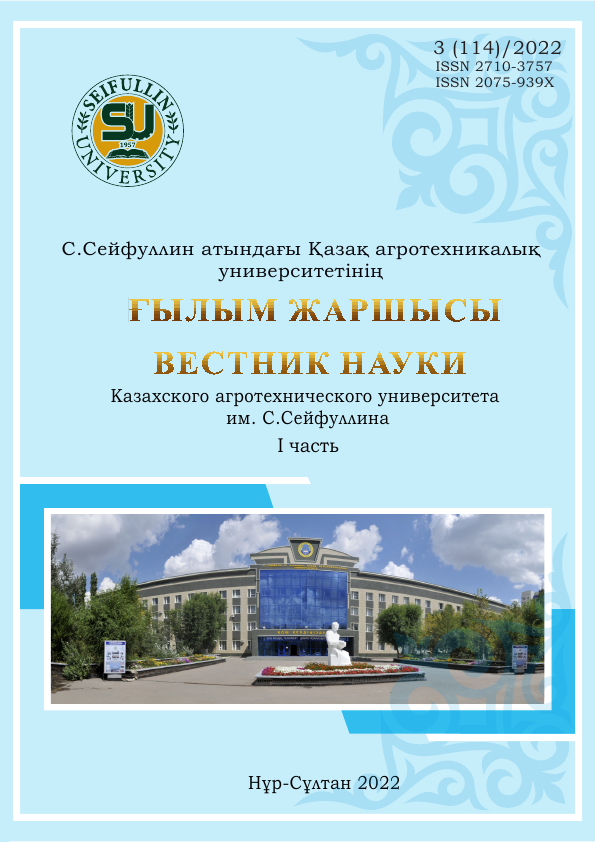TRAINING OF INACTIVATION MODES FOR THE A/H3 STRAIN OF HORSE INFLUENZA VIRUS
DOI:
https://doi.org/10.51452/kazatu.2022.3(114).1168Keywords:
equine influenza, virus, inactivation, cell culture, vaccine, production.Abstract
Equine influenza virus is a highly contagious respiratory pathogen that causes fever, weight loss, and respiratory infections in horses. Vaccination is the primary means of controlling equine influenza. The development and organization of domestic production of a modern highly effective vaccine against this disease from local isolates of equine influenza will limit and control the spread of epizootics. In the work, we used virological and cultural methods of cultivation, using the generally accepted method of tenfold titration according to Reed and Muench [11], with the study of the modes of inactivation of formaldehyde, DEI and PEI, as well as traditional methods for monitoring the completeness of inactivation by the presence and absence of a cytopathogenic effect, during successive passages. The conclusions of the research work make it possible to determine the modes of inactivation of the A/H3 strain of the equine influenza virus in terms of the concentration of the inactivant depending on the contact time, which is applicable in the production of a cultural vaccine.

